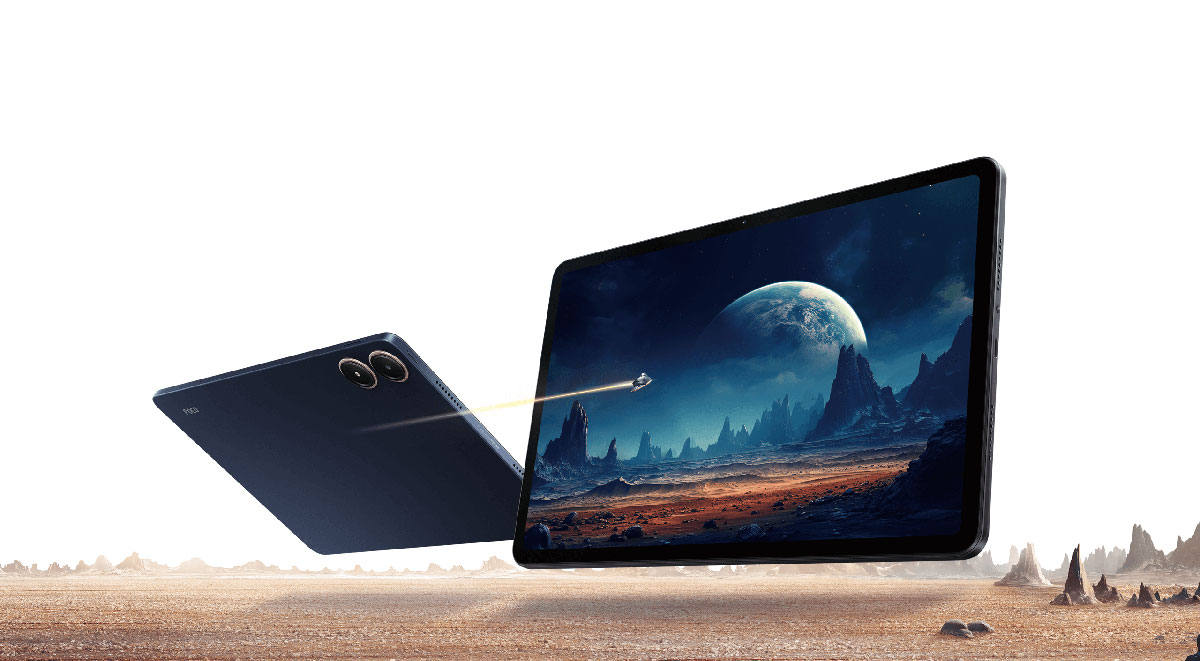
Poco Pad. Image Source: Poco.
When it comes to the latest tablets in the market, Poco Pad and Redmi Pad Pro stand out as intriguing options. While they may seem similar in many aspects, there are some notable differences worth mentioning. Let's delve into what makes these two tablets unique.
Release and Availability
Poco Pad is already available for purchase, whereas Redmi Pad Pro was recently launched in Indonesia on the 23rd of July, 2024. The sales channels for these tablets also differ. Poco Pad can be exclusively found through the official e-commerce platform, while Redmi Pad Pro may be available through various channels.
Design and Colors
One striking difference between the two tablets is the color variants. Poco Pad offers two color options, Grey and Blue. This is a strategic move to attract a younger consumer demographic, aligning with the audience they are targeting.
Product PR Manager of Poco Indonesia, Abee Hakim, explained, "Specifically, the product difference is in the color design of Poco Pad that offers Grey and Blue variants." This indicates that Poco Pad is designed to appeal to a younger audience looking for a stylish device.
Different Target Audiences
Another difference lies in the target audiences. Poco Pad is aimed at the younger demographic seeking a high-performance tablet at a competitive price point. According to Abee, Poco Pad is the choice for those "looking for extreme performance and price on a bigger screen tablet."
An important factor that distinguishes Poco Pad from Redmi Pad Pro is the software optimization. Poco Pad utilizes Poco Launcher, providing a different user experience compared to Redmi Pad Pro. Abee added, "Physically they look the same, but their hearts are different."
Similar Specifications
Despite some differences, Poco Pad and Redmi Pad Pro share similar specifications. They are powered by the Snapdragon 7s Gen 2 chipset, featuring:
- Display: 12.1 inches, 120 Hz refresh rate
- Audio: Quad stereo speakers with Dolby Atmos support
- Battery: 10,000 mAh, 33W fast charging
- Camera: 8MP front and rear cameras
Both tablets also offer additional accessories like a keyboard and smartpen, sold separately.
Updates and Support
In terms of post-purchase support, both devices offer OS updates twice and security updates for the next four years. This shows the commitment to ensure the reliability of their products in the long run.
Overall, Poco Pad and Redmi Pad Pro offer nearly identical specifications but with different approaches in design, target market, and user experience.
By understanding these differences, consumers can choose the tablet that suits their needs and preferences. Poco Pad is clearly the preferred choice for those seeking attractive design and unique software optimization, while Redmi Pad Pro may cater more to users looking for a premium tablet with wider availability options.



